#Linnaeus's Two-Toed Sloth
Explore tagged Tumblr posts
Text

Two-Toed Sloths by Louis A. Sargent. From Wild Beasts of the World, Vol. Two. Written by Frank Finn, published in 1909.
Internet Archive
110 notes
·
View notes
Text
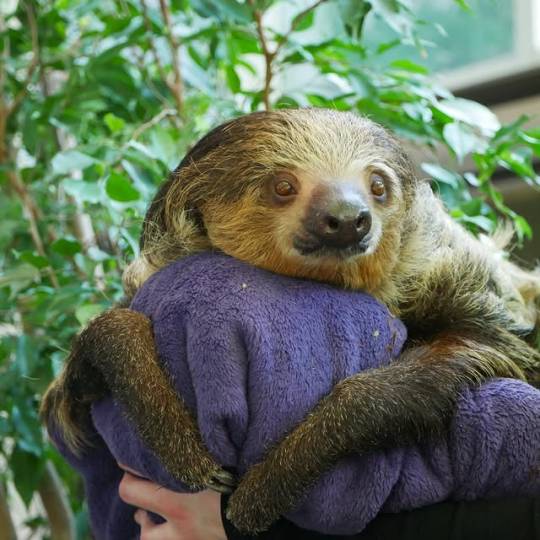
Linnaeus's Two-Toed Sloth, unknown photographer, (source)
#Linnaeus's Two-Toed Sloth#Southern Two-Toed Sloth#Linne's Two-Toed Sloth#unau#choloepus didactylus#sloth#sloths#cute sloths#xenarthras of south america#slothposting#xenarthraposting#pilosa#folivora#xenarthra#xenarthran#choloepus#choloepodidae#nature#fauna#wildlife
5 notes
·
View notes
Text


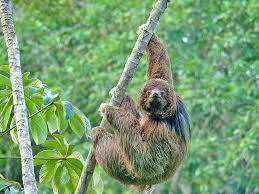
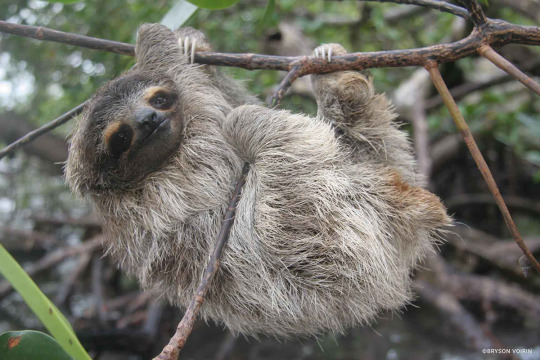


#sloth#animals#animal#fauna#cute animals#three toed sloth#two toed sloth#poll#tumblr polls#my polls#random poll#fun polls#poll time#random polls#polls#tumblr poll#fandom polls#polls on tumblr#polls polls polls#polls are fun#Brown-Throated Sloth#Bradypus variegatus#Pale-Throated Sloth#Bradypus tridactylus#Maned Sloth#Bradypus torquatus#Pygmy Three-Toed Sloth#Bradypus pygmaeus#Linnaeus's Two-Toed Sloth#Choloepus didactylus
8 notes
·
View notes
Text
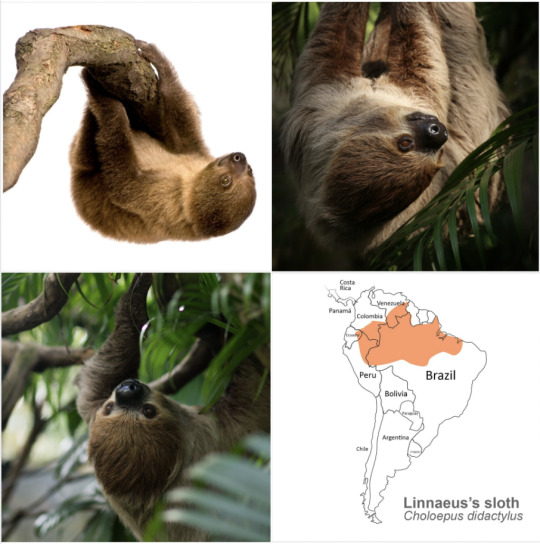
Continuing with #TwoFingeredSloth week, today we'll introduce you the chocolate sloth: Linnaeus's sloth!
Linnaeus’s two-fingered sloth is of similar appearance to C. hoffmanni, but has much darker coloration on the snout, hands, and feet.
Choloepus didactylus, literally “lame-foot” and “two-fingered”, is the scientific name of the Linnaeus two-fingered sloth, named after the very same Carl Linnaeus; the prominent figure of natural biology and father of taxonomy.
This species ranges from Venezuela, the Guyanas, and Colombia to Ecuador, Peru, and Brazil north of the Amazon River. There is some evidence to suggest that they also extend into Bolivia.
Do you want to learn more about sloths? Visit our website!
Source: The Sloth Conservation Foundation Facebook Page
#SlothFacts#Cute
#cute animals#animals#sloth#sloths#choloepus#two toed sloth#carl linnaeus#south america#wildlife#nature#animal facts#zoology#natural history#conservation
8 notes
·
View notes
Text

Linnaeus's two-toed sloth (Choloepus didactylus) By: Bernhard Grzimek From: Walker's Mammals of the World 1964
63 notes
·
View notes
Text

Linnaeus’s Two-toed Sloth (Choloepus didactylus) - (c) SaritaWolf - please do not repost
#gonna just add a link back to my instagram on each post where you can find out more information about the photo like location and date#Mammalia#Pilosa#Choloepodidae#Choloepus#least concern
16 notes
·
View notes
Text
ranking animal skulls
1) human skull
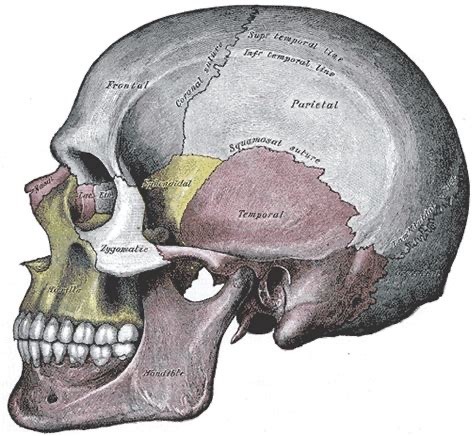
the classic skull. solid. 8/10
2) baboon

a more fun version of the classic human skull. still in early design stages. 7/10
3) the himalayan tahr
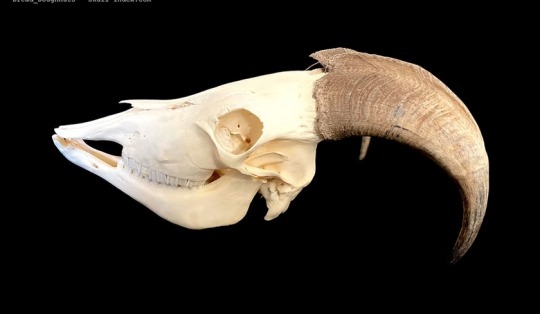
bold asf. this guy is eating. 9/10
4) dhole

the nose to jaw ratio is kinda weird, but the cheekbones make up for it. this guy is clearly full of joy and whimsy. 6/10
5) capybara

um this guy seems to have a bit of vertigo…. why does he have a secret set of teeth in the back of his head? what’s up with that? 5/10
6) chinese water deer
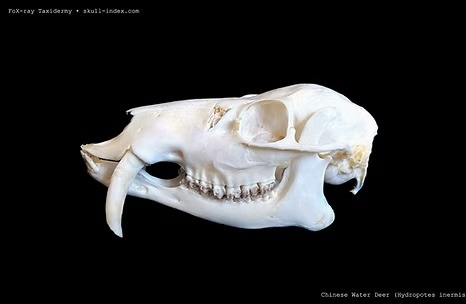
sick tusks. for some reason this guy is an herbivore though. the tusks are just for beating people up 7/10
7) sika deer
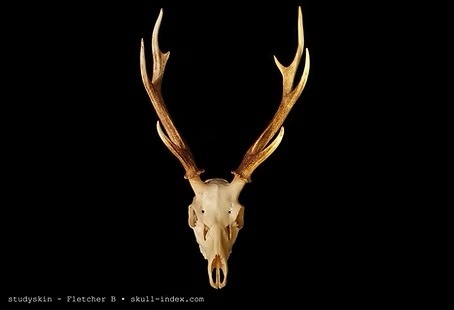
DEER SKULL SUPREMACY 10/10
8) moose

i’m a bit concerned about this guy… he kinda looks like he just overdosed on caffeine… 4/10
9) linnaeus’s two-toed sloth

where are the eyes????? also no clue who linnaeus is…… 3/10
10) dolphin
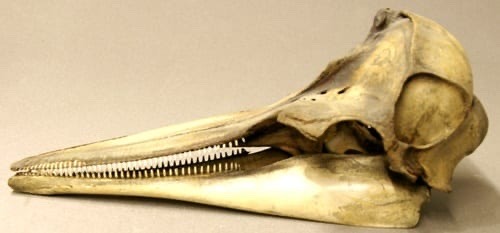
wtf is that 0/10
#all pictures except human and dolphin are from skullindex#on the internet#skull#fossils#skeletons#animal skeleton#evolution#nature#baboon#dolphin#deer#moose#capybara#dhole#archaeology#zoology#bioarchaeology
2 notes
·
View notes
Text
[ID: edited picture of animals that exist today and their extinct counterpart side by side in nature for size comparison, all of their extinct counterparts are usually way larger than the modern animals. the animals are in order: the modern sumatran orangutan (pongo abelli) and the extinct gigantopithecus (gigantopithecus black), the modern african bush elephant (loxodonta africana) and the extinct asian straight-tusked elephant (palaeoloxodon namadicus), the modern great white shark (carcharodon carcharias) and the extint megalodon (otodus megalodon), the modern northern hairy-nosed wombat (lasiorhinus krefftii) and the extinct diprotodon (diprotodon optaum), the modern linnaeus two-toed sloth (choloepus didactylus) and the extinct ground sloth (megatherium americanum), the modern clouded leopard (neofelis nebulosa) and the extinct sabertoothed cat (smilodon populator), the modern spectacled bear (tremarctus ornatus) and the extinct pleistocene south american short-faced bear (arctotherium angustidens), the modern sumatran rhinoceros (dicerorhinus sumatrensis) and the extinct woolly rhinoceros (coelodonta antiquitatis), the modern giant armadillo (priodontes maximus) and the extinct glyptodon (glyptodon), the modern indri or babakoto (indri indri) and the extinct giant lemur (archaeoindris fontoynontii), the modern white rhinoceros (ceratotherium simum) and the extinct paraceratherium (paraceratherium transouralicum), the modern great spotted kiwi (apteryx haastii) and the extinct south island giant moa (dinornis robustus). end ID]
Illustrations Show Size Difference Between Prehistoric Animals and Modern Descendants
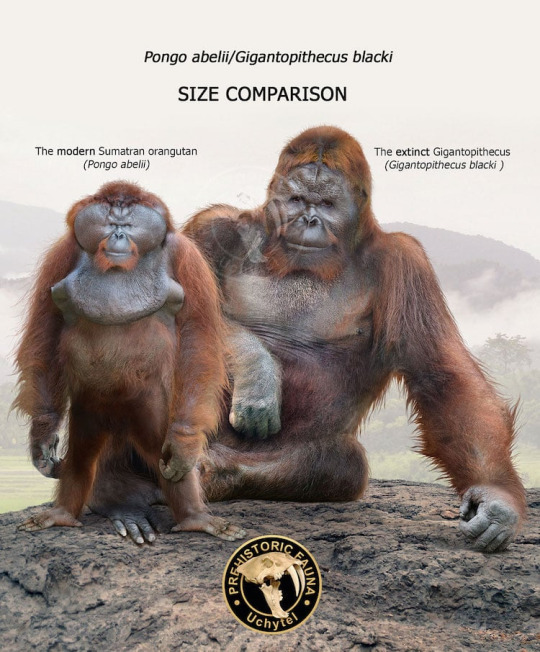
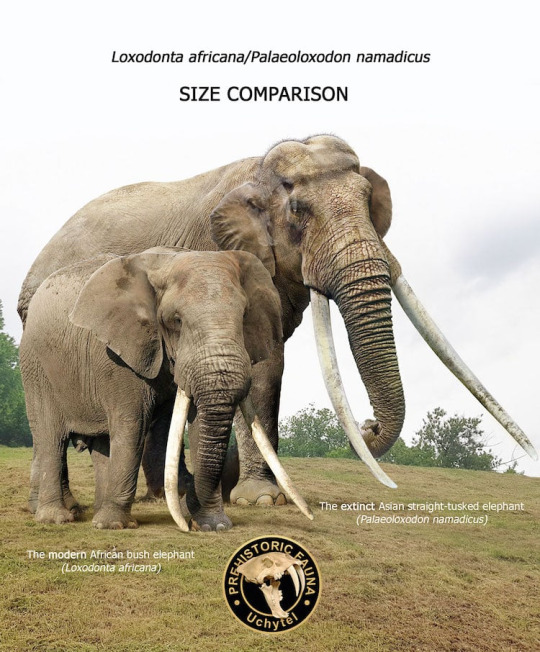

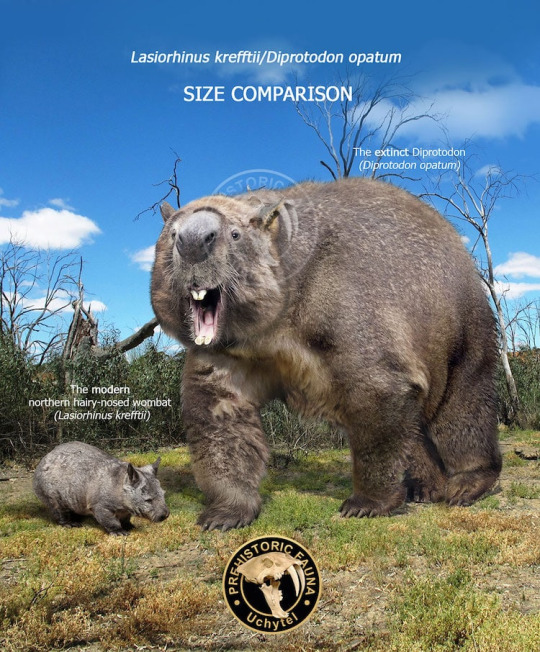
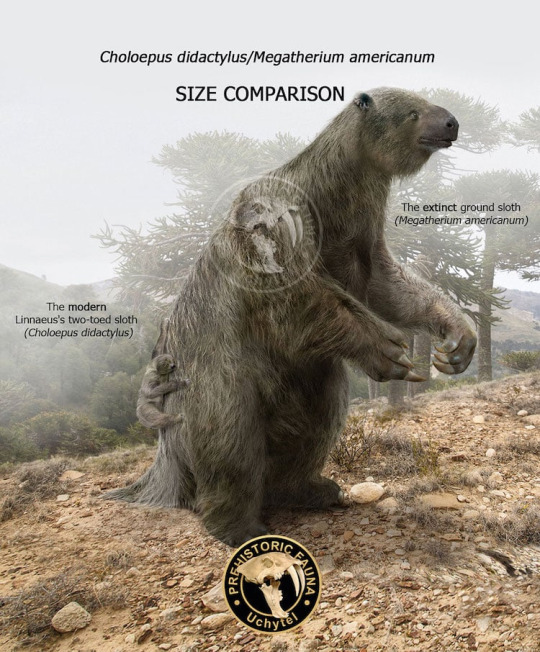
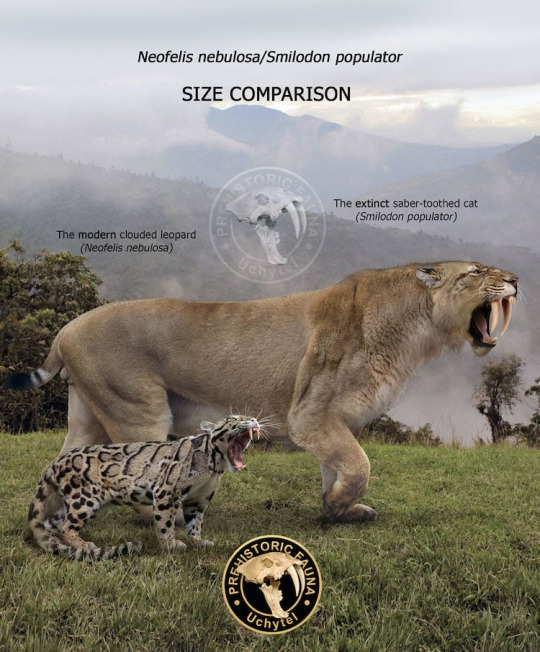
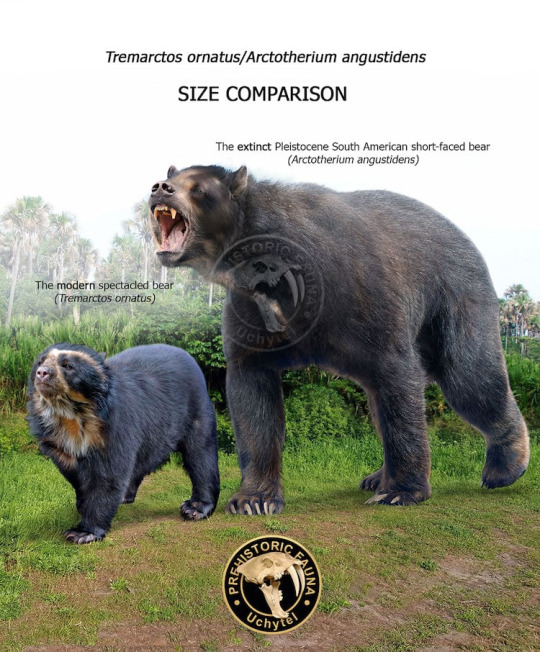
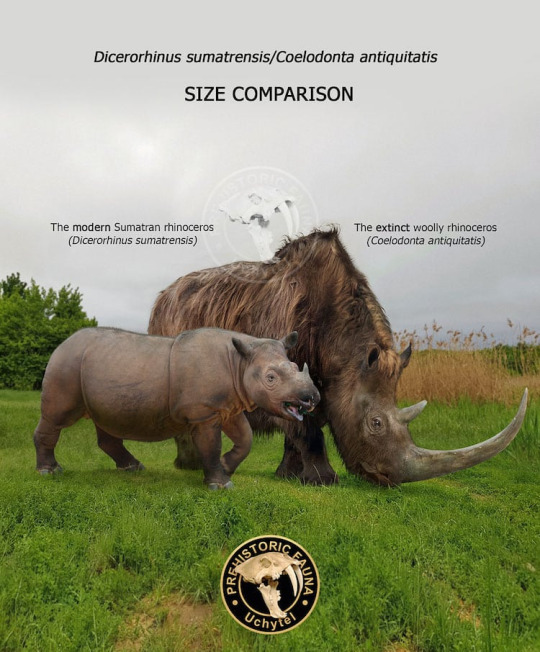
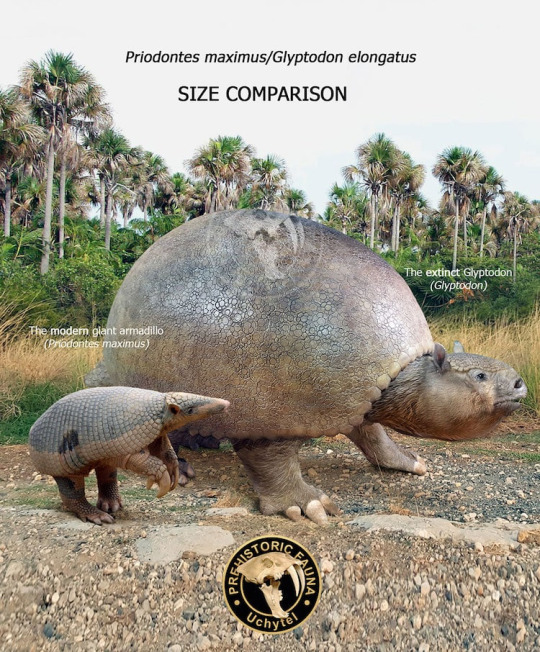
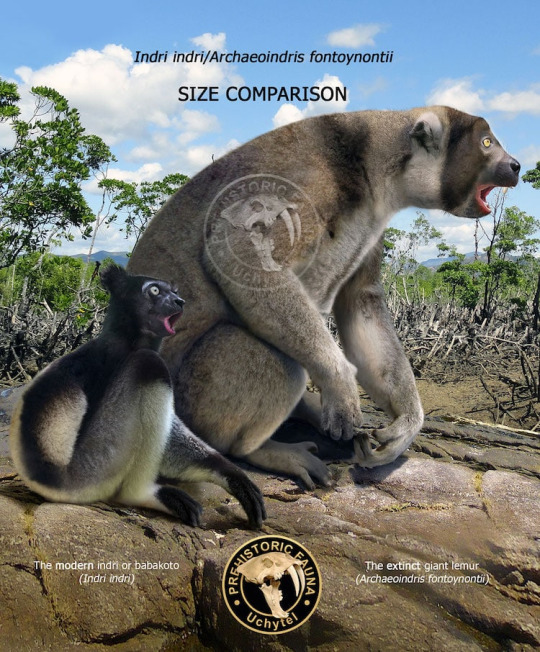
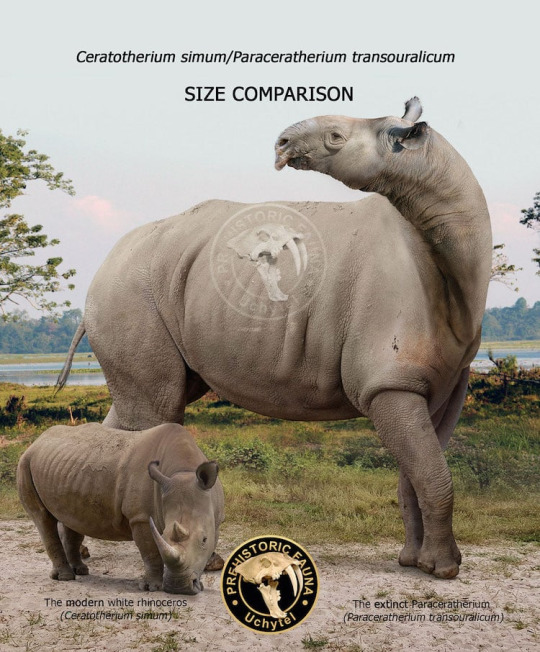
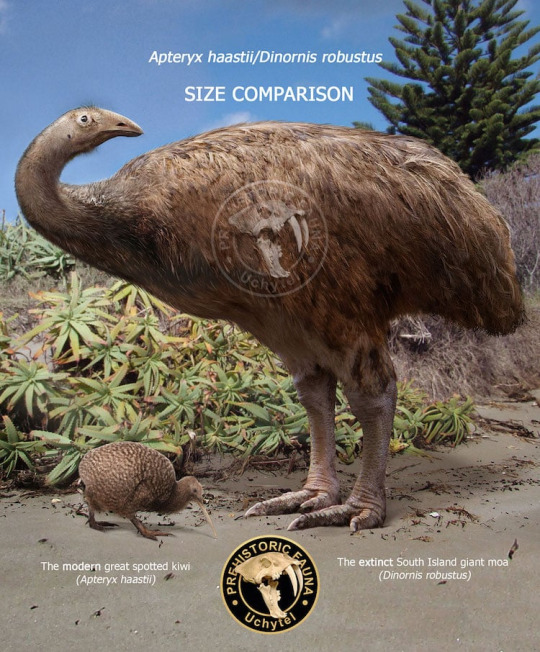
92K notes
·
View notes
Photo

Linnaeus's two-toed sloth (Choloepus didactylus).
Vrabelpeter1 / Getty Images
6 notes
·
View notes
Text

Grzimek's Animal Life Encyclopedia, vol. 11, Mammals II. Illustration by Edward Bierly. 1972.
1.) Pale-throated sloth (Bradypus tridactylus)
2.) Linnaeus's two-toed sloth (Choloepus didactylus)
3.) Southern tamandua (Tamandua tetradactyla)
4.) Silky anteater (Cyclopes didactylus)
5.) Giant anteater (Cyclopes didactylus)
#xenarthra#sloths#pale-throated sloths#linnaeus's two-toed sloth#southern tamanduas#silky anteaters#giant anteaters#Edward Bierly
141 notes
·
View notes
Text
So basically, the all sloths have three claws/ "toes" on their hind limbs, but they can have a different amount of claws on their front limbs!! So sloths with two claws are classified as "two toed sloths" which include Linnaeus' two toed sloth and Hoffman's two toed sloth, and as "three toed sloths", which include the pale throated sloth, the brown throated sloth, the Pygmy sloth, and maned sloths!!!
did you know that most sharks around Greenland are blind?
hi! i'm xeno:)
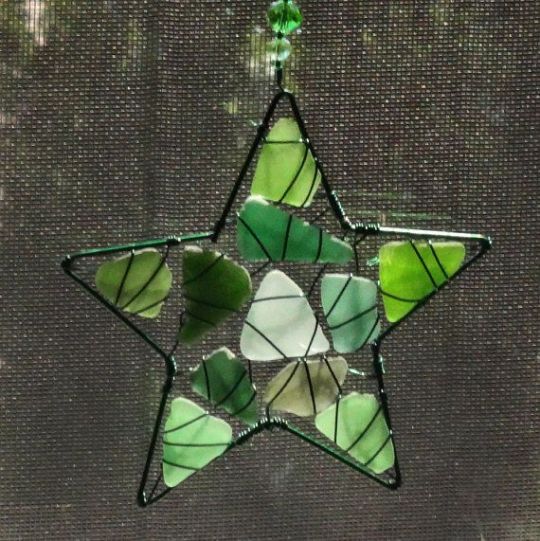


professors call me xenophilius (bc thas my name) but no one ever spells it right so everyone just calls me xeno. did you know the prefix xeno means alien? pretty cool.
i am particularly fond of neopronouns, but i can't decide any particular that i like. feel free to use any that sound interesting:)
what do i enjoy? hm. ancient runes. lots of poetry. gibran and neruda most oftenly. they feel like small adventures. oh, that's what i enjoy: adventures.
and animals. i know a lot of animal facts. did you know bees have five eyes? now you do! two are complex, like flies. yknow like fragmented? and the other three are normal, like spiders. pretty cool!
oh! i am a ravenclaw. i am 14. fourth year. i'll do a card reading for you if you ask. we can be friends, too, if you want. :)
hi, this is an rp blog! warning: mun is an adult! please don't be weird about things! also i'm not @ ing anyone, i'm too anxious for all that. also hii my name is hramn my main is @ravenintraining so i follow from there:)
21 notes
·
View notes
Photo


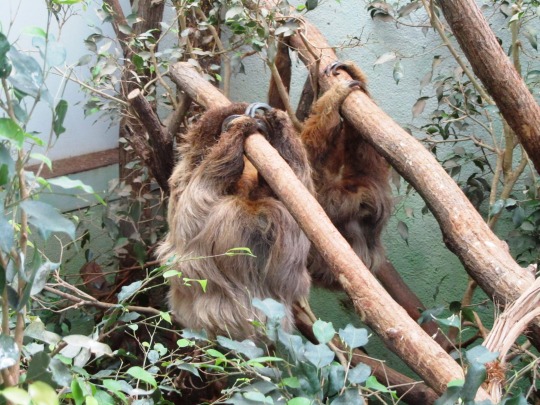
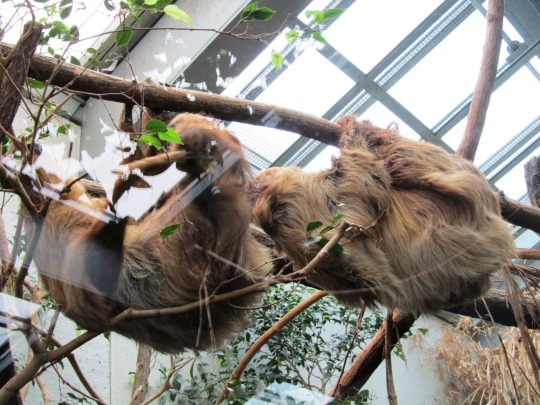



International Sloth Day
International Sloth Day is all about appreciating sloths. It raises awareness about them and aims to help preserve their habitat and to keep them from being harmed. The day was created by AIUNAU, a non-profit foundation based in Columbia that focuses on conservation and wildlife. The day came out of the "first international meeting about the wellbeing, rehabilitation and conservation of sloths," which was held in November 2010 in Medellin, Columbia.
Sloths are native to the rainforests of Central and South America. Known for being slow, they spend most of their time hanging upside down on tree branches in rainforest canopies. They usually sleep between fifteen and twenty hours a day, and when they are awake, they often sit motionless. They are the slowest mammal on Earth, traveling 41 yards a day on average, less than half the length of a football field. Although they move slowly on land, they are quite agile in water, being able to swim about three times as fast as they can walk. They also can hold their breath for up to forty minutes. They mainly subsist on a vegetarian diet, eating leaves, shoots, and fruit. Because their metabolism is so slow, it takes them close to a month to digest a single leaf.
Sloths have two layers of fur, with the outer layer being long and coarse and housing fungi and insects like beetles, cockroaches, and moths. The fur also is often home to algae, which gives it a green hue and helps the sloth camouflage itself amongst vegetation. Another thing that sloths keep close to themselves is their young. A baby sloth will cling to its mother for six months after birth, and then will stay close to her for two to four years afterward.
There are six species of sloths, which are divided into either three-toed sloths or two-toed sloths. The distinction is in the number of digits on their front limbs—both have three digits on their back feet. Two-toed sloths are a bit larger, while three-toed sloths are more docile and are found in fewer areas of the rainforest. Sloths are about two and a half feet in length and usually weigh between nine and seventeen pounds. There were more species of sloths in the past, and some were much larger. For example, the extinct giant ground sloth grew between ten and twenty feet in length.
The biggest threat that sloths face today is habitat destruction. They also are targeted by those working in the exotic pet trade and are killed by people who present them to tourists to have pictures taken with them. Some sloths are endangered. The pygmy three-toed sloth—the smallest sloth—is critically endangered, while the maned three-toed sloth is endangered. These examples help to illustrate the importance of International Sloth Day.
Source
#Linnaeus's two-toed sloth#International Sloth Day#InternationalSlothDay#Zurich#third Saturday in October#17 October 2020#animal#daytrip#travel#Zoo Zürich#Schweiz#Switzerland#original photography#world day#behind glass#flora#fauna#tree
2 notes
·
View notes
Text

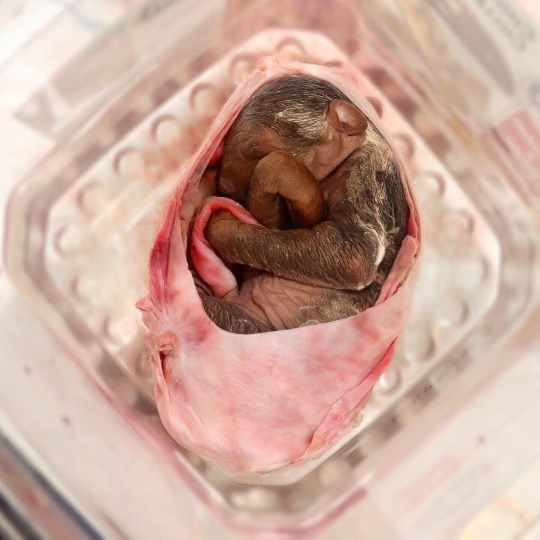
Two-toed sloth fetus (natural death)
#sloth#oddities#vulture culture#curiosity#vc#curiosities#biology#linnaeus sloth#two toed sloth#wet specimen
217 notes
·
View notes
Text

WIP. Sloth anatomy is not easy to get.
3 notes
·
View notes
Text

#no comment#in which i work at a zoo#Linnaeus two toed sloth#i took a bunch of pictures#as i always do#but this one was unambiguously the best
10 notes
·
View notes
Text
Scientist Takeover: Mammals!
What is the largest mammal?
This is an easy one because it is not even close; the blue whale, which is also the largest animal to ever live on Earth, weighs around 100 tons (220,000 pounds) and is about 100 feet long. Females are typically larger than males. Despite their bulk, blue whales are filter feeders subsisting on krill, small crustaceans less than an inch in length.
In 1758, Carl Linnaeus gave the blue whale the Latin name Balaenoptera musculus. The first part, Balaenoptera, the genus name, means winged whale for its long, slender flippers; the second part, the species name, is thought to be a joke by Linnaeus because it is also the species name he gave to the house mouse, Mus musculus.
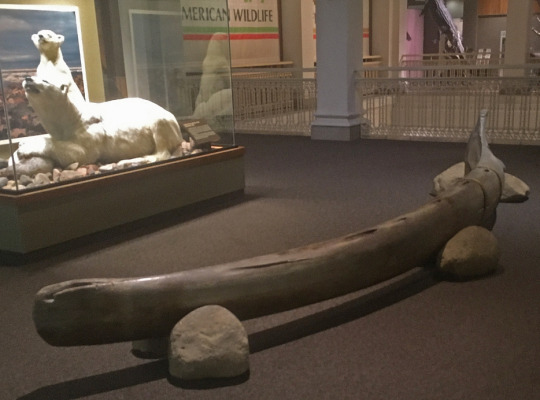
Here is the left mandible (lower jaw) of a blue whale on the second floor in the Carnegie Museum of Natural History. Notice that it dwarfs the adult polar bear behind it.
What is the smallest mammal?
This is harder than the largest one—the blue whale—because there are two mammals considered to be very close in weight: the Etruscan shrew with a Mediterranean and Asian distribution weighs in about 1.8 grams, which is less than the bumblebee bat from Thailand and Myanmar, weighing in around just 2 grams, but the shrew is longer than the bat. Remember there are 28 grams in one ounce and 2 grams is the weight of one paperclip!
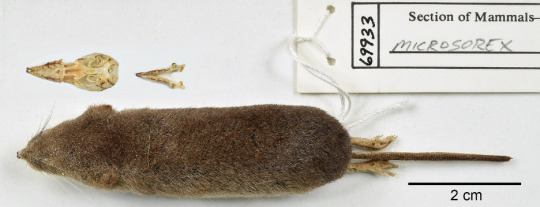
This is the smallest North American mammal, the American pygmy shrew. This example, from the research collections of the Carnegie Museum of Natural History, is under four inches in total length.
What is the fastest land mammal?
The cheetah is hands down the fastest, but it does not sustain speed over a great distance; the cheetah is a burst-predator with a chase lasting typically less than a minute. The cheetah goes from 0 to 60 miles per hour in about three seconds, which is what a good sports car can do! At top speed, the length of one stride is 21 feet and there are four strides per second.
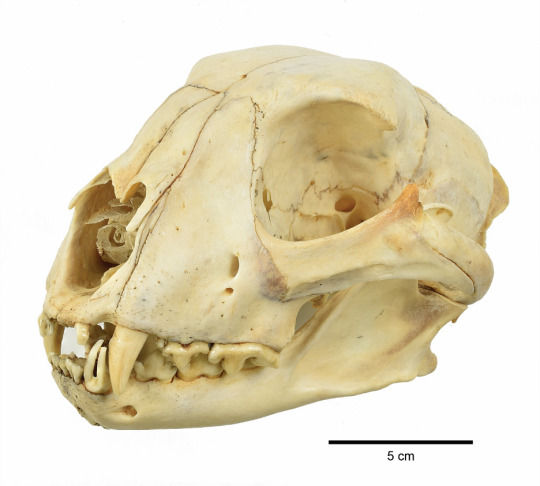
Everything about the cheetah is built for speed and hunting. This view of a skull in the research collection of Carnegie Museum of Natural History shows enormous orbits for its large eyeballs providing keen vision and its very large nasal opening, which allows more oxygen to enter the lungs.
What is the slowest land mammal?
The name says it all...sloth! There are two types of sloths found in the tropics of Central America and northern South America, usually called three-toed and two-toed sloths. This is a misnomer as both types have three toes on their hindfeet; what differs is the number of fingers on the forefeet. So, they really should be called three- and two-fingered sloths. Both sloths live most of their lives in trees on a diet of leaves and move so slowly or so little that algae grow on their fur, providing camouflage. Of the two sloths, the three-digited one is smaller and slower.

This skin of a three-toed sloth from the research collection of the Carnegie Museum of Natural History shows a mammal built for hanging around in trees, with its long arms and hook-like claws on all four limbs.
What is the strongest mammal?
This is just a playful question. It usually isn’t one of the comparisons that scientists try to make. However, the armored hero shrew seems like a good nominee. This shrew lives in the forested region of central Africa. Its spinal column is unique among mammals. The mid-portion is extremely modified with many interlocking bony tubercles that project forward and backward to fortify the spine. The exact purpose is unknown. However, it has been reported that a full-grown man could stand on the back of an armored shrew without harming the animal.
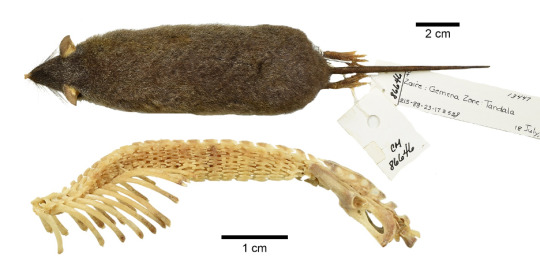
The skin and partial vertebral column of an armored hero shrew from the research collection of the Carnegie Museum of Natural History shows the beautifully intricate bony structure of the spinal column, which lies hidden inside of a perfectly normal looking long-haired shrew.
John Wible is Curator of the Section of Mammals and Sue McLaren is Collection Manager of the Section of Mammals at Carnegie Museum of Natural History. This post is part of Super Science Days: Scientist Takeover!
#Carnegie Museum of Natural History#Mammals#Natural History#Science Activities for Kids#Science is Fun#Kidsburgh#Largest Mammal#Smallest Mammal#Fastest Land Mammal#Slowest Land Mammal#Strongest Mammal
55 notes
·
View notes